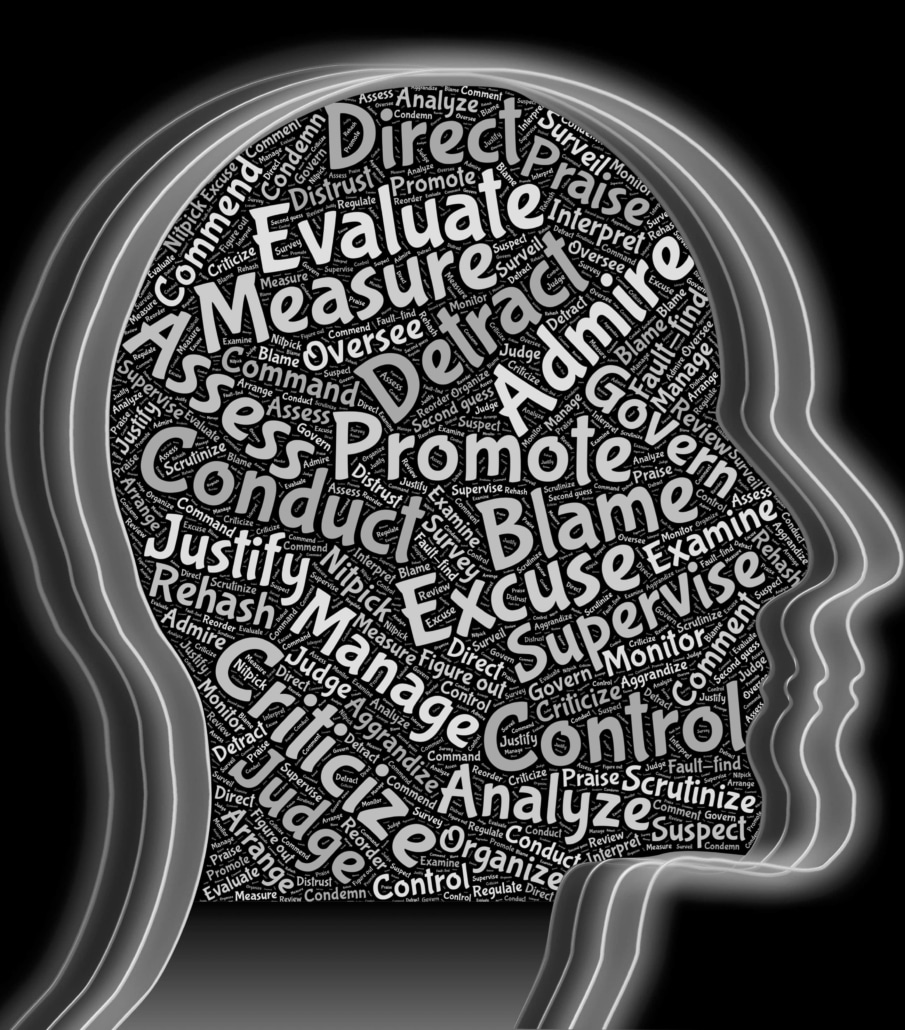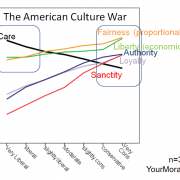A Behavioral Ethics and Compliance Primer

In 1991, when the Federal Sentencing Guidelines for Organizations went into effect, Compliance and Ethics (“C&E”) programs became a part of the business landscape in the United States. There was, at the time, a fairly widespread view among business leaders, and even some enforcement officials, that C&E programs were largely unnecessary: Good people, it was said, did not need them to do what is right, and bad people would not be deterred by them from doing what is wrong.
The Guidelines and their progeny (meaning mostly Department of Justice policy statements) slowly changed this, and clearly—I believe—for the better. Indeed, to those working in, or are otherwise knowledgeable of, the field, C&E programs do substantial good in educating business people on legal and ethical matters and motivating them to act in lawful and ethical ways. Still, even unabashed C&E champions agree that there is significant room for improvement—including in convincing business leaders and government officials that more resources and management focus is critically important to various aspects of compliance program success.
Enter behavioral ethics, which can address the lingering critique of C&E as unnecessary and help C&E live up to the full measure of its promise.
Too often the wrongdoer does not “see” the victim.
Companies can benefit from behavioral ethics in several ways. The broadest approach entails embracing a core message of behavioral ethics—that we are not as ethical as we think we are. It can also be considered as adopting an attitude of C&E humility.
One ramification of this is that C&E programs should focus more on a situation’s relevance and less on a person’s character. A behavioral perspective puts more emphasis on creating and maintaining circumstances that make acting appropriately easy. This elevates the case for all aspects of a C&E program.
Of course, one must be mindful of taking this behavioral perspective too far. If it appears that everyone is in constant jeopardy of succumbing to wrongdoing, that may sap the confidence employees need to speak up when confronted with C&E challenges. On the other hand, too much confidence is obviously a risk in itself, so one must strive to maintain the right balance.
A more specific approach involves using C&E “tools.” For instance, behavioral ethics studies have shown that a “slippery slope” can create an out-sized C&E risk. So, one should consider the possibility of slippery slopes in considering risk assessments and also in training. Another area for risk assessment and training concerns the behavioral insight that people are better at predicting the wrongful conduct of others than of themselves. A strategy for dealing with this is to pose risk-assessment questions that are addressed to the conduct of others rather than the interviewee herself.
Another risk area concerns being rushed. The best-known case goes back to the early 1970s, when being rushed was found to have a tremendous power for causing wrongdoing. Therefore, risk assessments should take into account the presence or absence of such circumstances.
Another way in which behavioral ethics can improve C&E concerns reminding people about risks. In particular, such reminding tends to be a more effective mitigant the closer this is done to what might be considered the “point of risk” (e.g., a meeting with governmental officials or competitors). This should be taken into account when scheduling training and other communications.
Subscribe to the Ethical Systems newsletter
C&E programs can also benefit from considering the notion of “motivated blindness.” Essentially this means that we construct information based on our own best interest, without being aware that we are doing so. This is relevant to the often challenging C&E area of discipline. That is, C&E officers are frequently confronted with double standards by supervisors who want to provide lenient treatment in a disciplinary matter to a favored employee. To prevent this, C&E officers should oversee disciplinary matters.
Separately, but in a related vein, C&E officers need to ensure that managers who were “asleep at the switch” for a subordinate’s offense be disciplined as appropriate. This will help mitigate the effects of motivated blindness.
The behavioral approach to C&E can also have a positive impact around incentives used to promote compliance. Consider the insight that individuals can be more likely to respond to intangible incentives such as recognition, than they are to tangible ones, such as cash bonuses.
With respect to promoting employees who report suspected violations or seek guidance on ethical matters, the behavioral perspective augers in favor of building the case for reporting. It’s based in part on the possibility of harm to fellow employees who might be adversely affected by the wrongdoing in question. Of courses, it should be obvious that not blowing the whistle could cause harm to others, but too often the wrongdoer does not “see” the victim. Reducing “victim distance”—as behavioral ethics teaches us—is an important ethical motivator.
Another way in which behavioral ethics can inform the design and operation of compliance programs relates to individual risk areas. For instance, disclosure of conflicts of interest, at least in some circumstances, is not as good a mitigant as is often thought to be the case. This does not mean that companies should abandon disclosure. However it does suggest the need for combining other compliance strategies with disclosure.
Another example of addressing individual risk areas through behavioral ethics concerns insider trading—a crime where one often cannot identify a victim. As noted in the discussion about encouraging reports of wrongdoing, “victim distance” can be a source of behavioral risk. To address this C&E needs to find ways to put a face on the victim.
Jeffrey M. Kaplan is a partner at Kaplan & Walker LLP and a member of the Ethical Systems steering committee.







